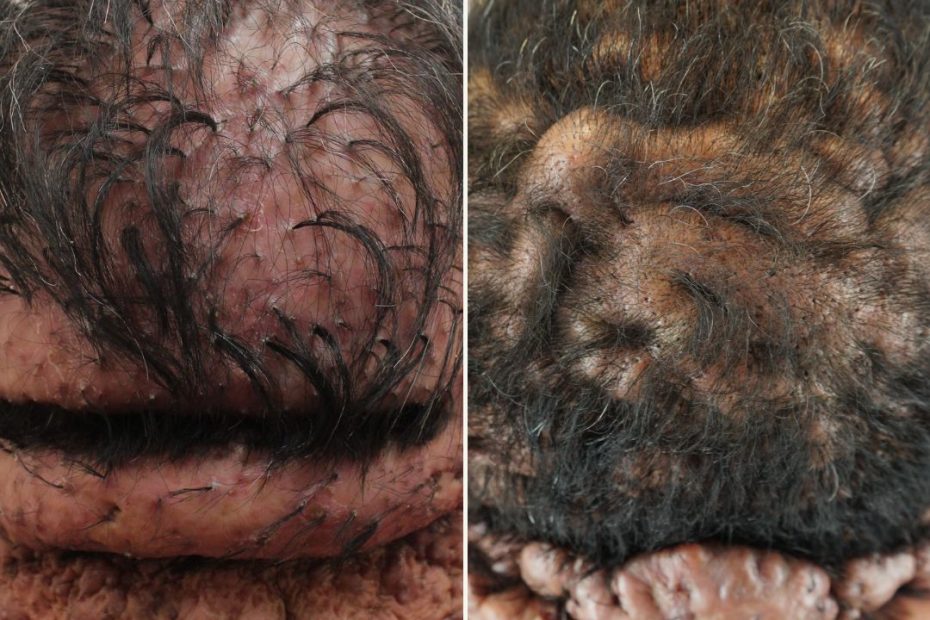What is Cutis Verticis Gyrata (CVG) or Bulldog Scalp Syndrome?
What is cutis verticis gyrata (CVG)? CVG is a rare disorder common in males, characterized by deep skin folds on the scalp resembling those of… Read More »What is Cutis Verticis Gyrata (CVG) or Bulldog Scalp Syndrome?
